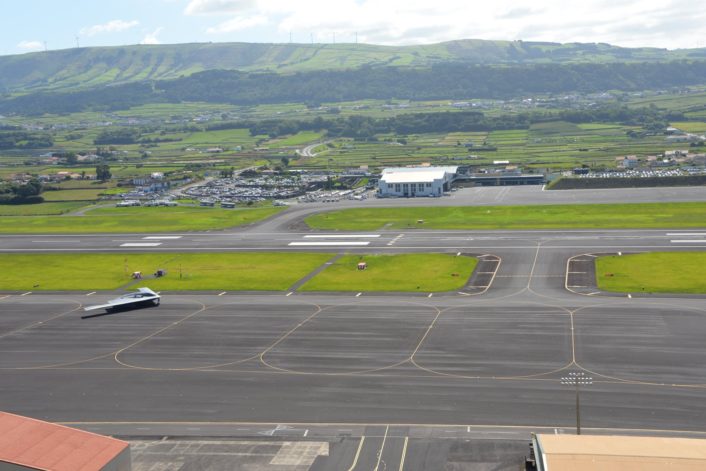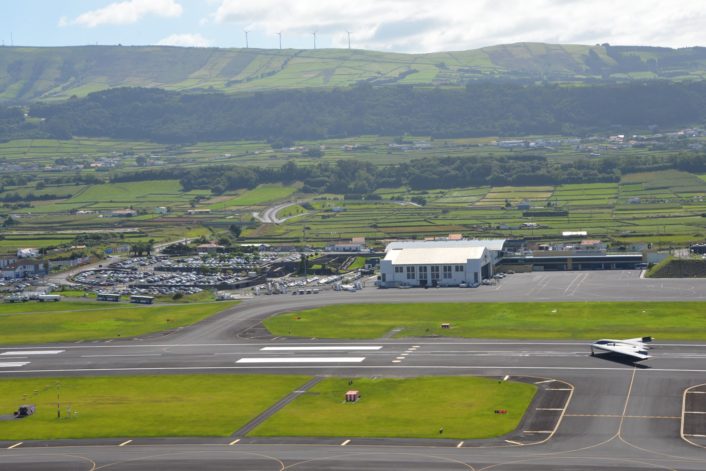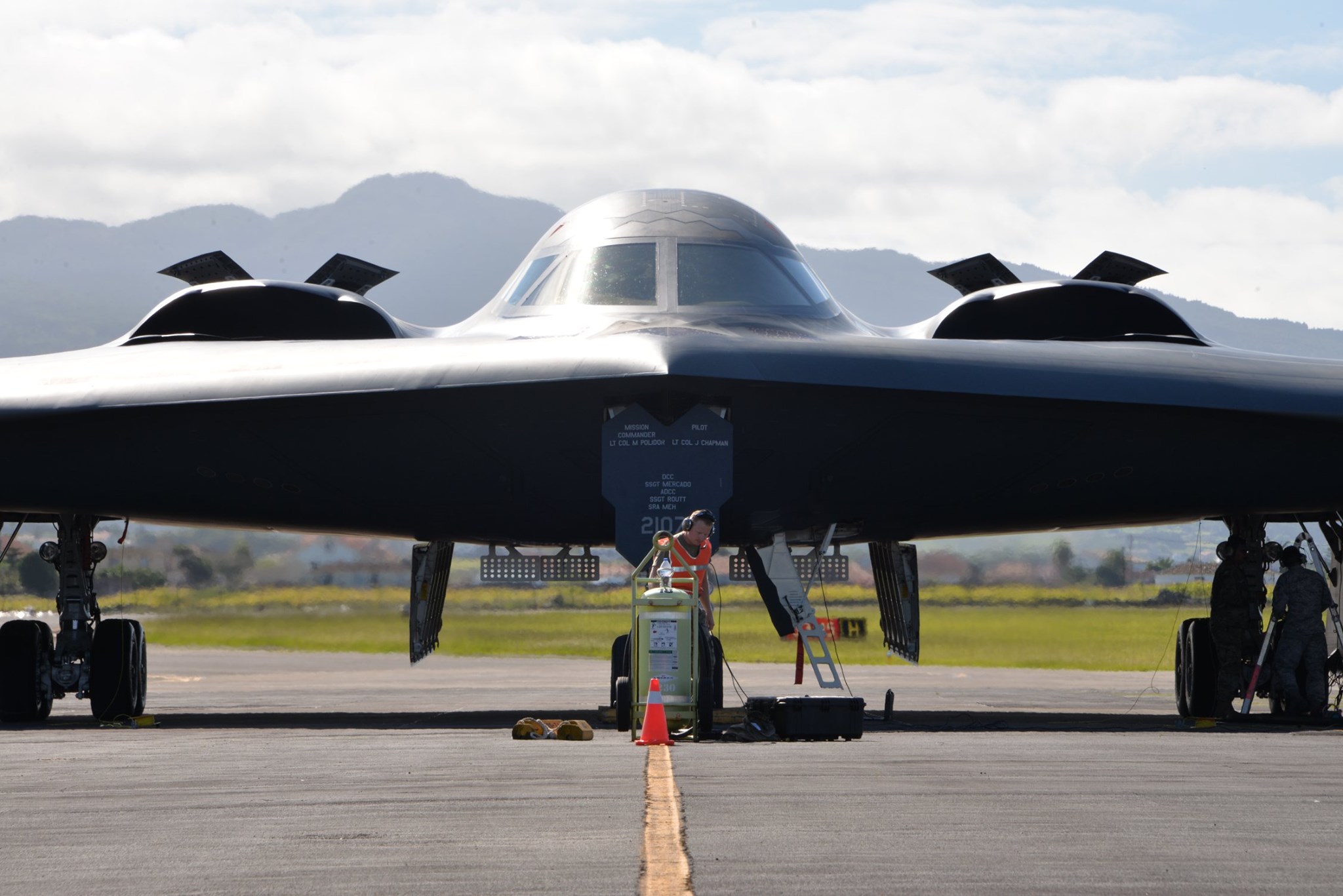The B-2s of the Bomber Task Force deployed to RAF Fairford paid visit to another strategic base in the region.
The B-2A “Spirit of Mississippi” (82-1071), one of the three stealth bombers deployed to RAF Fairford from Whiteman Air Force Base, Missouri, as part of a Bomber Task Force, landed at Lajes Airfield, Azores, Portugal, on Sept. 9, 2019.
As done in Keflavik, Iceland, the aircraft conducted hot-pit refueling in Lajes: it was refueled without shutting down the engines.

“The U.S. has a strong bilateral relationship with our NATO ally, Portugal. Training opportunities like this enhance our ability to operate together and sharpen the readiness of the NATO alliance. The B-2 flight also allowed aircrew to conduct theater familiarization and to demonstrate U.S. commitment to allies and partners through the global employment of our military forces. U.S. Strategic Command regularly tests and evaluates the readiness of strategic assets to ensure we are able to honor our security commitments,” says the official news release by U.S. Air Force in Europe.

Interestingly, while USAFE has not specified it (and unless a stopover occurred in the past but was not made public), the visit on Sept. 9, 2019 should also be the very first time the B-2 stealth bomber landed in the Azores islands, strategically located in the mid-Atlantic Ocean and used as a stopover by many combat aircraft crossing the Atlantic Ocean enroute to or from deployment.
In 2014, two B-2s from the 509th Bomb Wing deployed to RAF Faiford were involved a 20-hour training mission within USEUCOM and AFRICOM area of operation that brought them close to the Azores ass they flew from the UK to the south of Ascension, a volcanic island in the equatorial waters in South Atlantic Ocean, and back. At that time, the two stealth bombers were supported by tankers launched from Lajes, Azores, but did not land there.
Here’s some details we included in a story posted here at The Aviationist on Jun. 13, 2014.
The aircraft took off on Wednesday at 15.00z LT and routed down towards Lands End and down towards an area off Portugal before running south down past the Canaries. They were refuelled by SPUR 61 flight south of the Azores taking them down towards the Cape Verde Islands. A second wave of tankers, SPUR 51 flight then refuelled them on their return journey before they arrived back at Fairford on Thursday 1200z.
So, it looks like the pretty unusual tour of Europe by the B-2s continues: on Aug. 28, one of the three strategic bombers landed at Keflavik, Iceland, marking the first landing of B-2 in Iceland, then, in the night between Sept. 4 and 5, another one flew a sortie over the Arctic Circle taking off from from RAF Fairford, UK, at around 22.45LT on Sept. 4 and returning to the deployment base at 09.45LT on Sept. 5.
Just like Keflavik in northern Europe, the use of Lajes in the Atlantic Ocean as a forward operating base (FOB) proves the aircraft can operate with minimal ground support from some “unusual” airbases across the whole European region, expanding the capabilities of the stealth bomber from the Arctic region to Africa with reduced turnaround time: although they are able to hit their targets with very long round-trip missions from their homebase in CONUS (Continental U.S.), as demonstrated by their periodic trans-Atlantic training missions, extended nuclear deterrence sorties in the Korean Peninsula, as well as during real conflicts, such as the Libya Air War in 2011, Allied Force in Serbia in 1999 or the more recent air strike on ISIS in Libya, the use of FOBs located closer to the targets allows for more sorties to be launched in the same time frame, if needed.
H/T Ryan Chan for the heads up!













